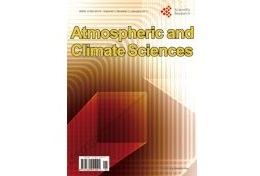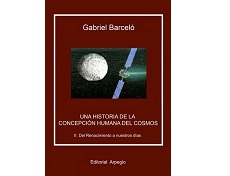Category Archives: Uncategorized
What is the scientific thesis propounded in The Flight of the Boomerang (El vuelo del Bumerán)?
The Flight of the Boomerang (El vuelo del Bumerán) puts forward new dynamic hypotheses for non-inertial systems that could prove to be trail blazing for the world of physics. Clearly unorthodox, the new theory being proposed will no doubt give rise to a long, drawn-out controversy before being accepted.
Under what circumstances can the dynamic hypotheses proposed in the book The Flight of the Boomerang (El vuelo del Bumerán) be applied?
In cases of accelerated movement, for example, owing to the simultaneous intrinsic rotations of the body in movement, inertial fields – inertia force generators – can be identified that have been created by the rotational movement itself. These inertial fields and forces are not identified in classical mechanics equations.
How did the Theory of Dynamic Interactions come about?
The Theory of Dynamic Interactions is based on the puzzlement caused by rotation and orbit. This is due to the inertial incapacity of matter, under certain circumstances, to vectorially sum together the resulting angular momenta and, in general, the angular magnitudes of bodies in rotation. Continue reading
Continue reading
Is the Theory of Dynamic Interactions based on experimental tests?
The inclusion of this theory into the field of rotational mechanics is not merely achieved on speculative or mathematical grounds, but is also the result of the experiments done, and even by extrapolating the experimental behaviour by means of particular trials and tests.
Why is a distinction made between rotational and translational inertia in the Theory of Dynamic Interactions?
The theory supposes that rotational inertia is basically different to translational rotation, thus it distinguishes between both concepts. The Theory of Dynamic Interactions is based on the inertial impossibility of matter in certain circumstances to modify its previous dynamic state as a result of its inertia, thus the idea of rotational inertia is proposed as an invariant of mass. The resulting laws of behaviour are conceived as nature’s heretofore acknowledged refusal to couple selectively and discriminatingly and enable the conception of a rotational dynamics of interactions for specific and distinct, non-inertial systems that includes the inertial reactions of matter in the bodies endowed with angular momentum.
Can a specific, non-coaxial force couple rotational dynamics be conceived?
Specific dynamics can be conceived for particular excitations or circumstances on the basis of general axioms. For example, a specific, non-coaxial couple force rotational dynamics can be conceived for a rigid, solid body subject to non-coaxial force couples. Gabriel Barceló suggests three basic axioms to develop this dynamics:
- Whenever a solid is subject to successive, non-coaxial momenta, inertial fields are generated at its centre that are conceived as non-homogeneous distributions of speeds and accelerations.
- Whenever an intrinsically rotating solid is subject to new, non-coaxial couples, the velocity field that is generated is coupled to the translation velocity field.
- The action of successive, non-coaxial momenta on a rigid body cannot be determined by aggregation, or calculated by means of the results of the forces and/or couples.






